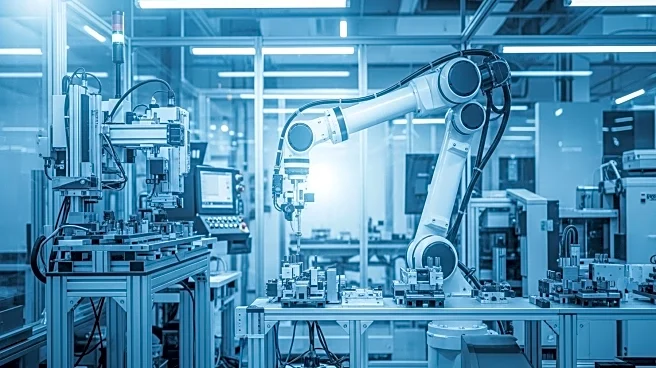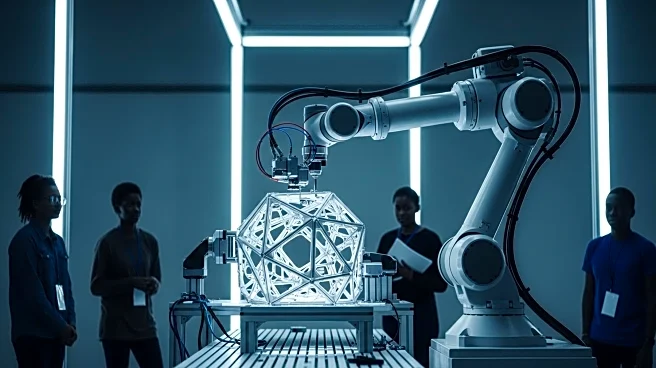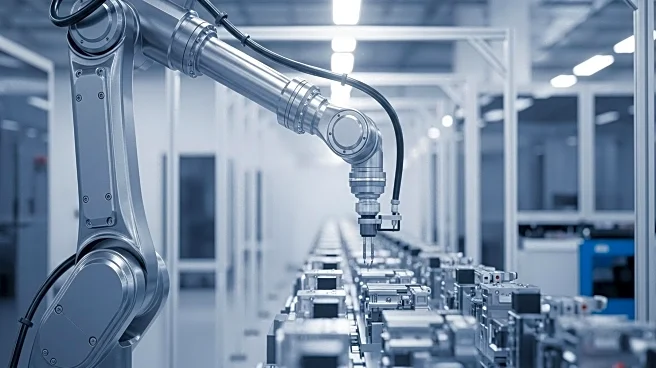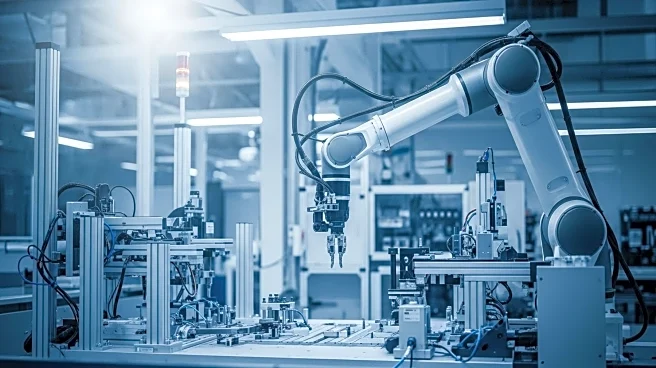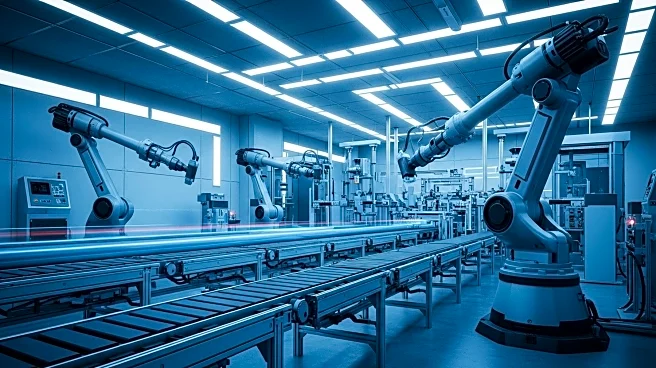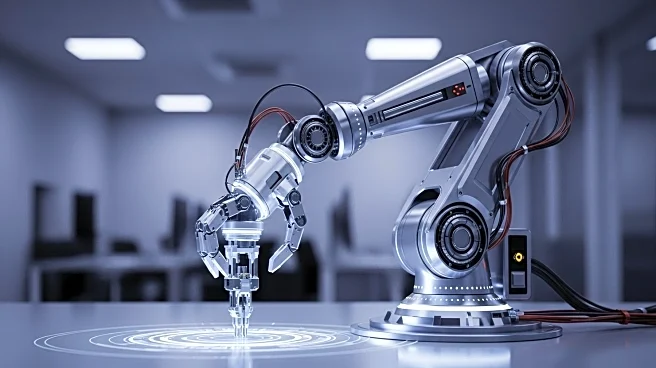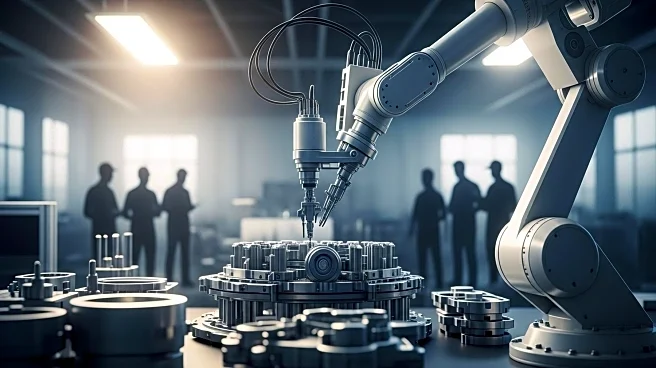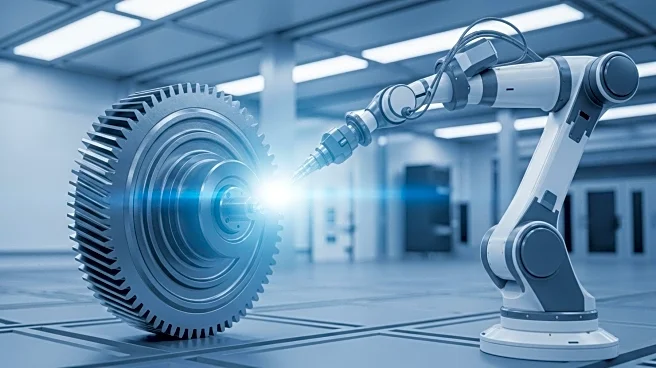What is the story about?
What's Happening?
The manufacturing industry is evolving its workforce development programs to address significant labor shortages. These programs are increasingly targeting students early or in underserved communities, offering direct pathways to employment and advanced tech skills. The industry has faced a labor gap since before the pandemic, with a Deloitte report estimating up to 1.9 million jobs could remain vacant if current trends continue. Efforts to reshore manufacturing operations have highlighted the need for skilled trades such as electricians, welders, and carpenters. Federal funding, private sector innovation, and state-level efforts are providing multiple training paths for prospective workers. Events like Manufacturing Month in October are being used to attract talent and challenge outdated perceptions of the industry.
Why It's Important?
The expansion of workforce development programs is crucial for the U.S. manufacturing sector, which is grappling with labor shortages that threaten its competitiveness. By providing training in skilled trades and tech-driven roles, these programs aim to fill critical gaps in employment. This initiative is vital for reshoring manufacturing operations, which can boost the U.S. economy and reduce dependency on foreign production. Companies stand to benefit from a more skilled workforce, which can enhance productivity and innovation. However, the success of these programs depends on collaboration between government, private sector, and educational institutions to ensure they meet industry needs.
What's Next?
Future efforts will likely focus on expanding vocational training programs and increasing collaboration between educational institutions and manufacturing companies. The integration of automation and technology in training programs will be essential to prepare workers for modern manufacturing roles. Companies may continue to develop bespoke training programs to meet specific hiring needs, while government initiatives like the Workforce Innovation and Opportunity Act will provide funding support. The success of these programs will depend on their ability to attract and retain students, particularly in underserved communities.
Beyond the Headlines
The shift towards advanced vocational training reflects broader changes in the U.S. education system, where traditional four-year college paths are being reevaluated. This could lead to a cultural shift in how career success is perceived, with skilled trades gaining more recognition. Additionally, the focus on inclusivity in training programs, such as those for adults with autism, highlights the industry's commitment to diversity and accessibility.
AI Generated Content
Do you find this article useful?
